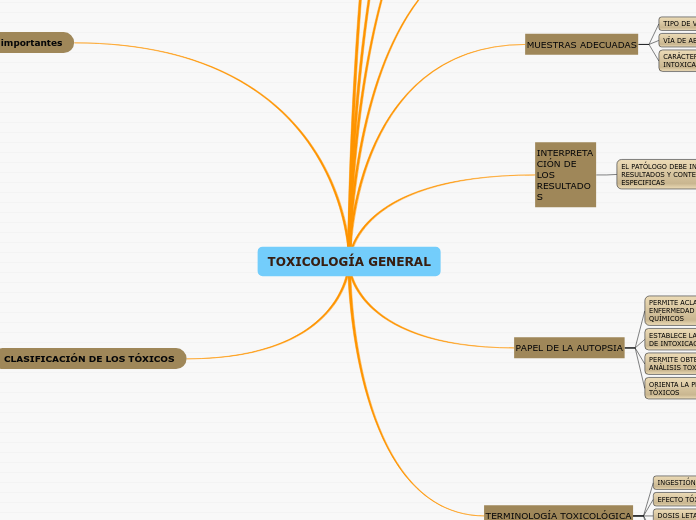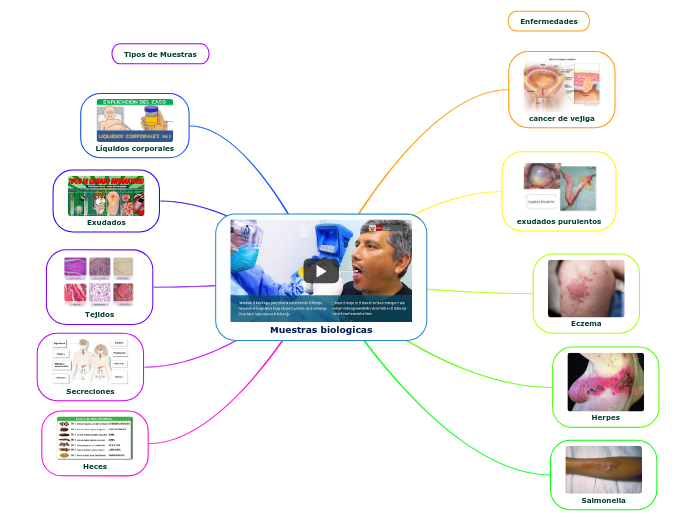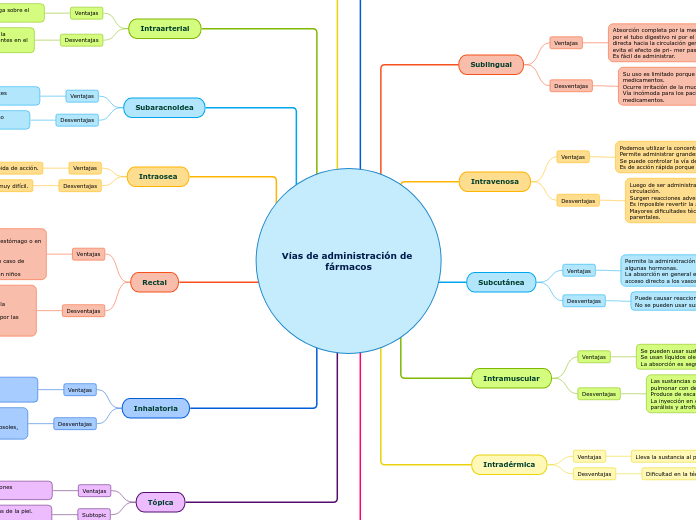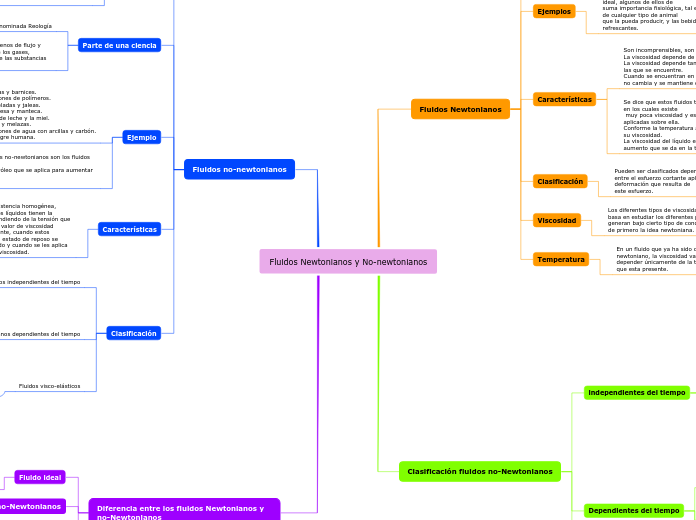TOXICOLOGÍA GENERAL
Rivers have always been essential for human life and settlement. A source for drinking, the source of food, and a way to transfer goods from one place to another. They are essential in the environment of rainforest and wetlands.
CLASIFICACIÓN DE LOS TÓXICOS
The Yangtze holds the title of Asia’s longest river. The Yangtze has a momentous place in China’s history and culture, providing some of the country’s most fertile land as well as some of its most artistically inspiring scenery.
Where the Mekong river runs, the land is incredibly verdant shaping one of the richest areas of biodiversity on the planet. Thousands of species call its shores and waters home. Long an essential trade route the Mekong passes through, or close to, some of the region’s most important cities, including Vientiane, Phnom Penh and Saigon.
POR SU MECANISMO DE ACCIÓN
PRODUCTORES DE METAHEMOGLOBINEMIA
INHIBIDORES DE LA COLINESTERASA
INHIBIDORES DE SULFHIDRILOS
POR SU COMPOSICIÓN QUÍMICA
HIDROCARBUROS HALOGENADOS
AMINAS AROMÁTICAS
POR EL ÓRGANO BLANCO
HEMATOTÓXICOS
NEFROTÓXICOS
HEPATOTÓXICOS
POR SU ESTADO FÍSICO
The Mekong is a trans-boundary river in Southeast Asia. Its estimated length is 4,350 km.
From the Tibetan Plateau, the river runs through China's Yunnan Province, Myanmar, Laos, Thailand, Cambodia, and Vietnam.
The Mekong rises as the Za Qu and soon becomes known as the Lancang (Lantsang) in the 'Three Rivers Source Area' on the Tibetan Plateau in the Sanjiangyuan National Nature Reserve. It approaches and empties into the sea through the Mekong Delta. Tributaries: Nam Khan, Tha, Nam Ou, Mun, Tonle Sap, Kok, Ruak.
TÓXICOS GASEOSOS
TÓXICOS PULVERULENTOS
TÓXICOS SÓLIDOS
TÓXICOS LÍQUIDOS
Mekong River flows through 6 countries. Type them in.
POR SU ORIGEN
The Yangtze or Yangzi is the longest river in Asia and the longest in the world to flow entirely within one country (Qinghai, Tibet, Yunnan, Sichuan, Chongqing, Hubei, Hunan, Jiangxi, Anhui, Jiangsu, Shanghai provinces). It rises in the northern part of the Tibetan Plateau and flows 6,300 km in a generally easterly direction to the East China Sea.
Tributaries: Yalong, Min, Tuo, Jialing, Han, Wu, Yuan, Zi, Xiang, Gan, Huangpu.
In mid-2014, the Chinese government announced it was building a multi-tier transport network, comprising railways, roads, and airports, to create a new economic belt alongside the river.
SON
TÓXICOS SINTÉTICOS
TÓXICOS DE ORIGEN ANIMAL
TÓXICOS DE ORIGEN HETÁNICO
TÓXICOS DE ORIGEN MINERAL
Puntos importantes
The Volga is the longest river in Europe. The waters of the Volga are used to irrigate the steppe regions of southern Russia. Because of its importance in the country, the Volga has mythological status in Russia, and many iconic sites are found along its banks
The Danube is the second-longest river in Europe. Travelers can experience many of the river's sights by embarking on a cruise along its waterways. Danube River Cruises, which are offered by Viking Cruises, typically stop in Cologne, Budapest, Nuremberg, Belgrade and Krems. Following the river is a way to experience several Eastern European cities in one trip. Famous monuments, such as the Hungarian Parliament, have been erected on its coast.
LA TOXICOLOGÍA PUEDE DEFINIRSE COMO EL ESTUDIO DE LOS EFECTOS ADVERSOS DE LOS XENOBIOTICOS
The Volga is the longest river in Europe with a catchment area of 1,350,000 square km.
Eleven of the twenty largest cities of Russia, including the capital, Moscow, are located in the Volga's drainage basin. Rising in the Valdai Hills 225 meters above sea level northwest of Moscow and about 320 km southeast of Saint Petersburg, the Volga heads east past Lake Sterzh, Tver, Dubna, Rybinsk, Yaroslavl, Nizhny Novgorod, and Kazan. From there it turns south, flows past Ulyanovsk, Tolyatti, Samara, Saratov, and Volgograd, and discharges into the Caspian Sea.
Tributaries: Kama, Oka, Vetluga, and Sura. The Volga Delta has a length of about 160 kilometers and includes as many as 500 channels and smaller rivers.
TERMINOLOGÍA TOXICOLÓGICA
CONSENTRACIÓN MÁXIMA ADMISIBLE
DOSIS LETAL 50
DOSIS LETAL
EFECTO TÓXICO
INGESTIÓN DIARIA ADMISIBLE
PAPEL DE LA AUTOPSIA
ORIENTA LA PESQUISA HACÍA DETERMINADOS TÓXICOS
PERMITE OBTENER MUESTRAS ADECUADAS PARA ANÁLISIS TOXICOLÓGICOS
ESTABLECE LA PRESENCIA O AUSENCIA DE SIGNOS DE INTOXICACIÓN
PERMITE ACLARAR SI LA MUERTE SE DEBIÓN A UNA ENFERMEDAD O NO A AGENTES FÍSICOS O QUÍMICOS
INTERPRETACIÓN DE LOS RESULTADOS
EL PATÓLOGO DEBE INTERPRETAR TALES RESULTADOS Y CONTESTAR AL JUEZ PREGUNTAS ESPECIFICAS
SI LA CONCENTRACIÓN DEL TÓXICO FUE SUFICIENTE PARA CAUSAR LA MUERTE O PARA ALTERAR LA CONDUCTA DEL FALLECIDO AL EXTREMO DE CULMINAR CON LA MUERTE
DOSIS ADMINISTRADA
RUTA DE ADMINISTRACIÓN
MUESTRAS ADECUADAS
CARÁCTER AGUDO O CRÓNICO DE LA INTOXICACIÓN
VÍA DE ABSORCIÓN DEL TÓXICO
TIPO DE VENENO
INVESTIGACIÓN DE MUERTE POR INTOXICACIÓN
ANTECEDENTES PERSONALES
TRATAMIENTO MÉDICO
INTERVALO
CIRCUNSTANCIA DE LA MUERTE
EDAD, SEXO, PESO, ESTATURA Y OCUPACIÓN DE LA VÍCTIMA
GRANDES SÍNDROMES TOXICOLÓGICOS
SÍNDROME RESPATORIOS
REGIÓN INFERIOR
REGIÓN MEDIA
REGIÓN SUPERIOR
SÍNDROMES DIGESTIVOS
DIARREA
ESTOMATITIS
RIBETE GINGIVAL O LISERÉ
VÓMITO
SENSACIÓN BUCAL ESPECIAL
TOXICOCINÉTICA
Main tributaries - Marañón, Napo, Japurá/Caquetá, Rio Negro/Guainía, Putumayo, Trombetas, Ucayali, Javary, Juruá, Purús, Madeira, Tapajós, Xingu.
The Amazon and its tributaries flow through the countries of Peru, Bolivia, Venezuela, Colombia, Ecuador, and Brazil before emptying into the Atlantic Ocean 6, 437 km (4,000 miles) from the Amazon's headwaters high in the Andes mountains of Peru.
ELIMINACIÓN O EXRECIÓN
RIÑÓN
BILIS
PULMÓN
BIOTRANSFORMACIÓN
DE CONJUGACIÓN
OXIDACIÓN, REDUCCIÓN E HIDRÓLISIS
DISTRIBUCIÓN
Try to state the length either in miles or in kilometers.
INTERVIENE EN LA DISTRIBUIÓN Y FIJACIÓN DEL TÓXICO LIPOSOLUBILIDAD O HIDROSOLUBILIDAD
ABSORCIÓN
The Amazon flows through 6 countries from South America. Type them in.
VÍA MUCOSA
VÍA PARENTERAL
VÍA CUTÁNEA
VÍA RESPIRATORIA
VIA DIGESTIVA
ETIOLOGÍA DE LAS INTOXICACIONES
North America
In the 18th century, the river was the primary western boundary of the young United States, and since the country's expansion westward, the Mississippi River has been widely considered a convenient dividing line between the Eastern, Southern, Midwestern United States, and the Western United States.
South America
Amazon River, the greatest river of South America and the largest drainage system in the world in terms of the volume of its flow and the area of its basin.
HOMICIDAS
SUICIDAS
ACCIDENTALES
Its source is Lake Itasca in northern Minnesota and it flows generally south for 2,320 miles (3,730 km) to the Mississippi River Delta in the Gulf of Mexico.
The main stem is entirely within the United States. Tributaries - St. Croix River, Wisconsin River, Rock River, Illinois River, Kaskaskia River, Ohio River, Minnesota River, Des Moines River, Missouri River, White River, Arkansas River.
The river either borders or passes through the states of Minnesota, Wisconsin, Iowa, Illinois, Missouri, Kentucky, Tennessee, Arkansas, Mississippi, and Louisiana.









